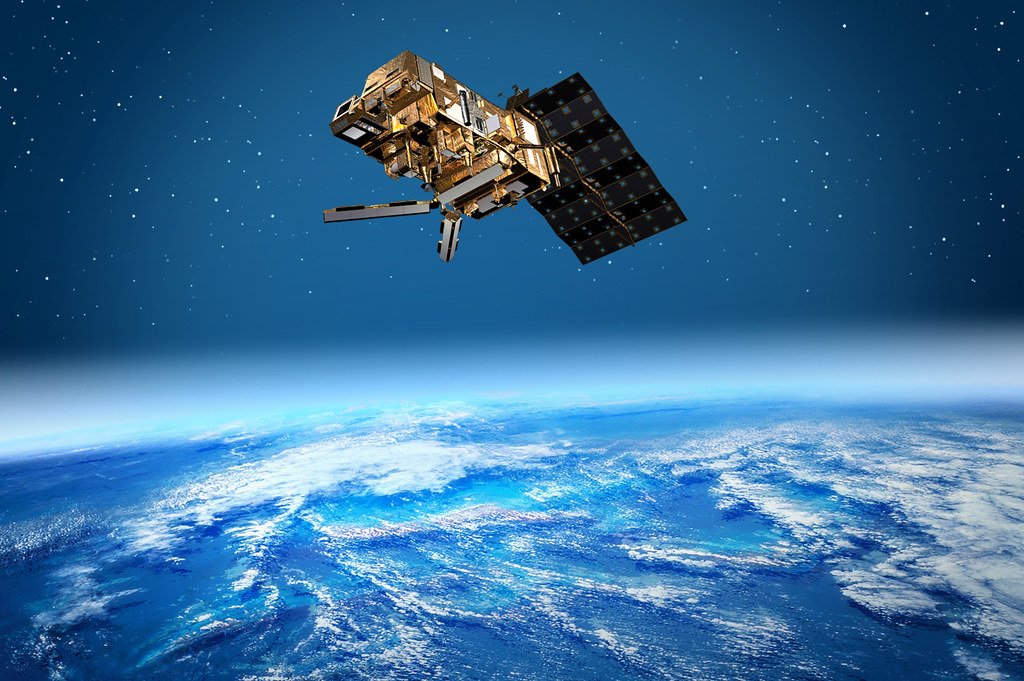
On Monday evening, SpaceX successfully launched 26 Starlink satellites into low Earth orbit (LEO) from the Vandenberg Space Force Base in California. This launch is part of the company’s ongoing efforts to expand its Starlink internet constellation — a network of satellites designed to provide high-speed internet access across the globe.
What made this mission particularly notable was the use of a brand-new Falcon 9 rocket, the company’s flagship orbital launch vehicle. The rocket lifted off just after sunset, lighting up the California sky in a bright arc of fire and smoke. The deployment went off without a hitch, marking another milestone in SpaceX’s long list of achievements in spaceflight and satellite communications.
The Power Behind the Launch: Falcon 9
The Falcon 9 rocket has become synonymous with SpaceX’s rapid advancement in space technology. It is a reusable, two-stage rocket designed to transport both cargo and crew into orbit. First introduced in 2010, the Falcon 9 has since become the most flown operational rocket in the world, and it plays a critical role in nearly every aspect of SpaceX’s space missions.
This latest launch used a new booster for the first time, which is not always the case, as many Falcon 9 rockets are reused multiple times — in some cases, more than 15 launches per booster. Reusability is central to SpaceX’s mission to reduce the cost of space travel. Each successful recovery of a rocket booster saves the company millions of dollars and moves the space industry closer to a more sustainable model.
Shortly after launch, the Falcon 9’s first stage separated from the rest of the rocket and performed a controlled descent back to Earth. It landed gracefully on one of SpaceX’s autonomous drone ships, stationed in the Pacific Ocean. The successful landing of this brand-new booster opens the door for it to be reused on future missions, continuing SpaceX’s cycle of sustainable innovation.
What Is Starlink and Why It Matters
The main payload for this mission was 26 satellites for the Starlink network. Starlink is SpaceX’s ambitious project to create a global broadband internet network powered by thousands of small satellites orbiting the Earth. These satellites form a “constellation” that can beam internet signals to ground-based user terminals, especially in places where traditional infrastructure is lacking or too expensive to build.
The importance of Starlink lies in its potential to bridge the digital divide. Remote villages, rural communities, ships at sea, and even airplanes can potentially gain reliable, high-speed internet access where previously there was none. For individuals and institutions in underserved areas, this connectivity can be life-changing — enabling education, commerce, communication, and access to information in entirely new ways.
SpaceX began launching Starlink satellites in 2019, and since then, it has placed over 6,000 of them in orbit. The system is already active in dozens of countries, with thousands of users enrolled in its subscription-based service. Monday’s launch added to that constellation, ensuring more robust coverage and better reliability for existing and new users.
Beyond the Internet: A Broader Mission
While Starlink is often talked about in the context of internet service, it also serves a larger strategic and financial purpose. The revenue from the Starlink service — which Elon Musk has said could reach tens of billions of dollars annually — is expected to help fund SpaceX’s most ambitious plans, including missions to Mars and the development of its next-generation launch vehicle, Starship.
Moreover, Starlink has attracted interest from military and government entities, including the U.S. Department of Defense, which sees low-latency, high-speed satellite internet as a valuable tool for secure, global communications.
Additionally, Starlink has already played a vital role in crisis zones. During the war in Ukraine, SpaceX’s Starlink terminals were used to provide critical communications infrastructure after terrestrial networks were disrupted. This added a new dimension to the strategic importance of satellite-based internet and put a spotlight on SpaceX as more than just a commercial player — but also as an entity with geopolitical influence.
Falcon 9: The Workhorse of Modern Spaceflight
A SpaceX spokesperson emphasized the continued importance of the Falcon 9 in the company’s long-term plans. The rocket has become a central piece of infrastructure, not just for launching Starlink satellites but also for ferrying supplies and astronauts to the International Space Station (ISS) under NASA’s Commercial Resupply Services (CRS) and Commercial Crew Program.
In fact, Falcon 9’s reliability and reusability have made it the go-to launch vehicle for a wide array of customers, including commercial satellite companies, international space agencies, and scientific research missions. It has set records for launch frequency and turnaround time, helping to usher in a new era of frequent, affordable space access.
The rocket is also the vehicle of choice for launching SpaceX’s Dragon spacecraft and Crew Dragon capsule. These spacecraft have delivered everything from scientific equipment and food to human crews to the ISS, making SpaceX the first private company to launch astronauts into orbit.
Looking Ahead
As SpaceX continues to ramp up the pace of its launches — with some weeks seeing multiple launches from both coasts of the U.S. — the company moves closer to realizing its larger vision: making humanity a multi-planetary species. But before we get to Mars, SpaceX is transforming life here on Earth by redefining global communications.
The recent successful deployment of 26 more Starlink satellites and the safe return of the Falcon 9 booster demonstrate the company’s growing efficiency, reliability, and technical mastery. As more satellites go up, and as reusability further reduces launch costs, the benefits of this strategy will compound — not just for SpaceX, but for anyone who relies on internet connectivity and believes in the future of accessible space.
Whether you’re a rural user gaining access to fast internet for the first time, a commercial partner needing payload delivered to orbit, or a space enthusiast watching rockets land themselves on ships in the ocean — SpaceX’s missions like this one are reshaping what’s possible, one launch at a time.




